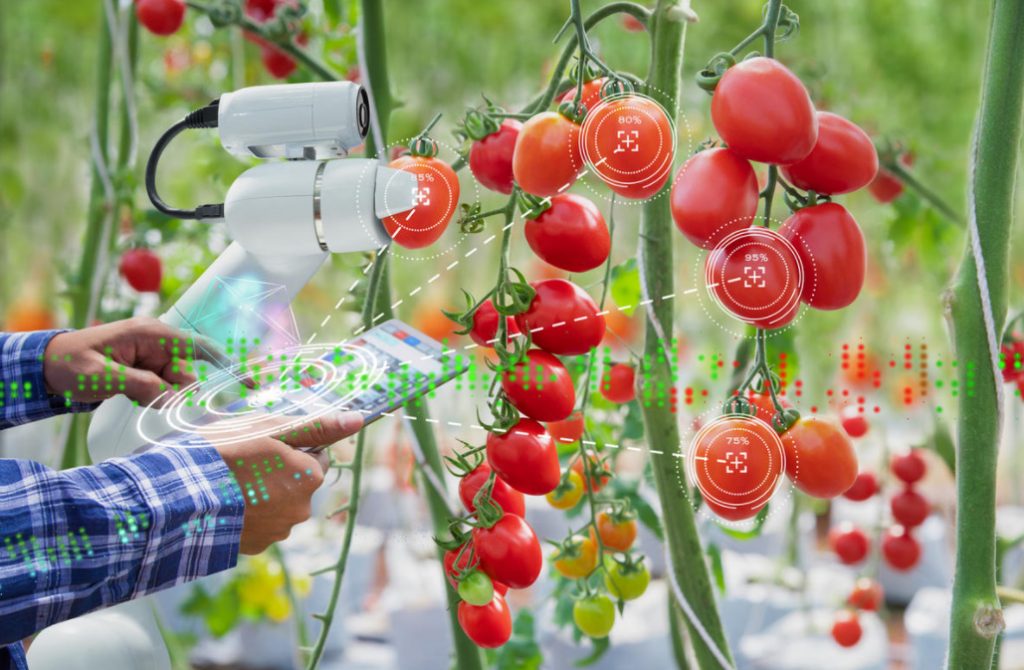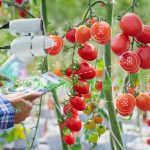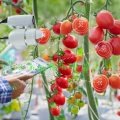We all love forecasts. Even if we are embarrassed to admit that we periodically look through horoscopes. I propose to look into the future: what do experts predict for agriculture in the next thirty years? How will the agricultural sector change by 2050?
Joint research by the Higher School of Economics and the Center for Industry Expertise suggests that significant changes are waiting for the most traditional and conservative branch of the economy in the near future.
Three agrarian revolutions. Is the fourth one coming?
Recall: historians count three “green” (agrarian) revolutions. Neolithic – when ancient hunters and gatherers became farmers and livestock breeders.
Medieval – the emergence of more efficient tools and new crops (for example, potatoes in the Old World) allowed a sharp increase in the amount of food produced and made possible the Great Industrial Revolution. It became possible to feed the citizens who themselves no longer produced food.

We are already witnessing the third “green” revolution: its time frame is the 40-70 – ies of the last century. Another sharp jump in agricultural productivity is associated with the achievements of science and technology: breeding has contributed to the emergence of new, more productive plant varieties and animal breeds, modern agricultural machinery, plant protection products and fertilizers have appeared.
The latest revolution in agriculture has allowed us to feed the sharply increased population of the Earth (since the 60s of the last century, the number of inhabitants of the planet has increased 2.5 times), significantly improve the quality of life (people’s nutrition in developed countries has become more caloric), and also give hope that food production will match the rate of population growth.
However, the hopes did not come true: the margin of safety of the agricultural sector was enough for just over fifty years. And here again there was a need for radical changes.
Seven trends in the development of agriculture
Today, many aspects indicate that the current state of agricultural production around the world no longer meets the nutritional needs of humanity. Therefore, according to experts, another agricultural revolution is overdue – the fourth in a row.
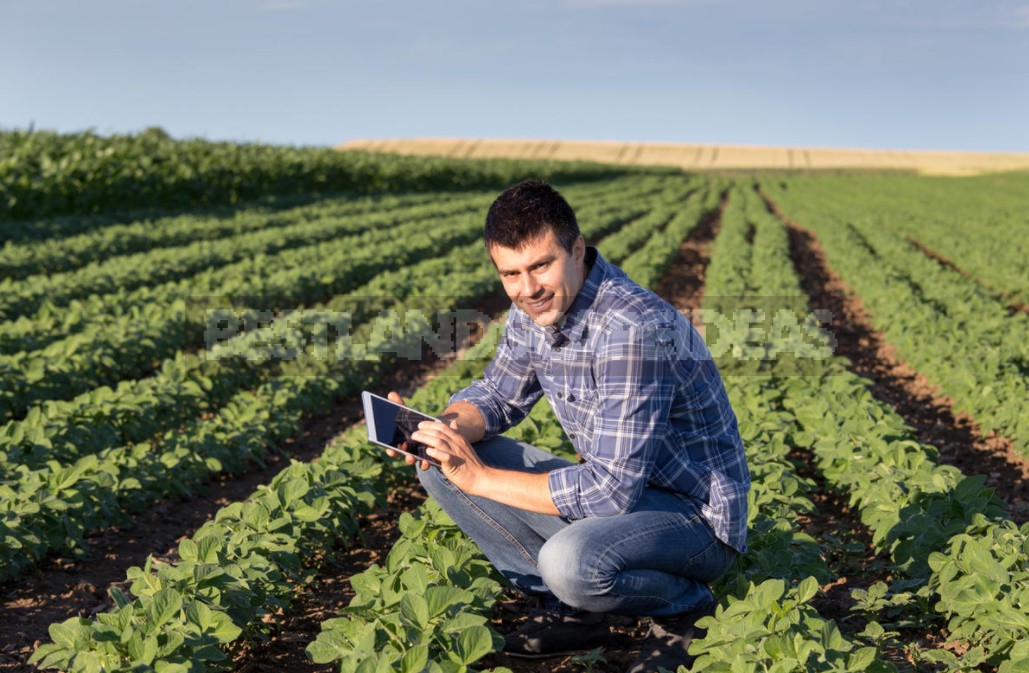
How will the “green” revolution develop in today’s world, what innovations will it bring to the production of food and to the life of a modern person? Here are the main directions of development that await agriculture in the coming years.
1. Agrobots and other agricultural automation
It would seem that quite recently the “iron horse” replaced the peasant horse. And now it’s time to replace the usual tractors and combines with automated systems that are ready to take on a full range of measures for sowing, fertilizing, protecting against pests, harvesting and caring for animals. In 2013, they received a scientific justification, in 2015, their production was actively invested (today the market of agricultural robots in the United States is 7.7 billion dollars, and by 2025, according to forecasts, it will grow to 20.6 billion). And by 2016, automation technologies in the agricultural sector had become financially profitable.
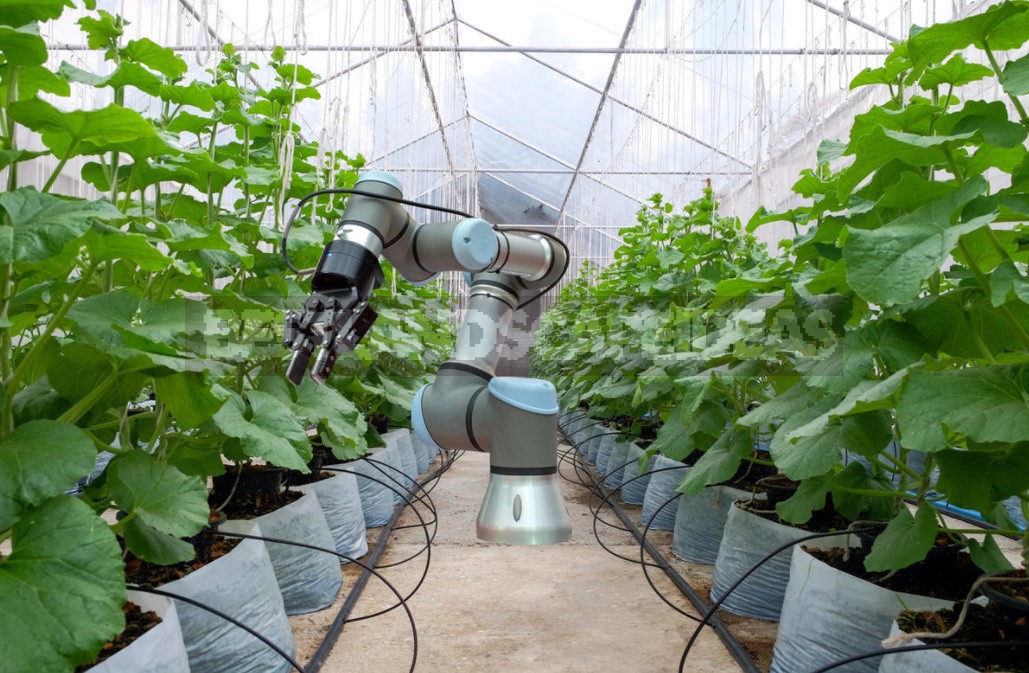
Automation will allow us to switch to precise (or targeted) agriculture: ground-based sensors and analyzers, drones and other “smart” devices will be able to assess the need for a particular agrotechnical operation – depending on the specific conditions of different parts of the field and on the condition of plants. Automatic systems will apply fertilizers or water as much as necessary, and where necessary.
Unmanned agricultural machines and automation that monitor the microclimate of greenhouses or livestock complexes already exist and are being effectively used.
According to experts, the market of automation of the agricultural sector will grow by 26% annually. Even summer residents can automate and robotize their small agriculture.
2. New food
Another direction is the development of the production of organic agricultural products. More and more people are thinking about what they eat: according to analysts at SBS Consulting, the growth rate of the organic food market exceeds the growth of the conventional food market. The demand for organic products will push the development of small farms.
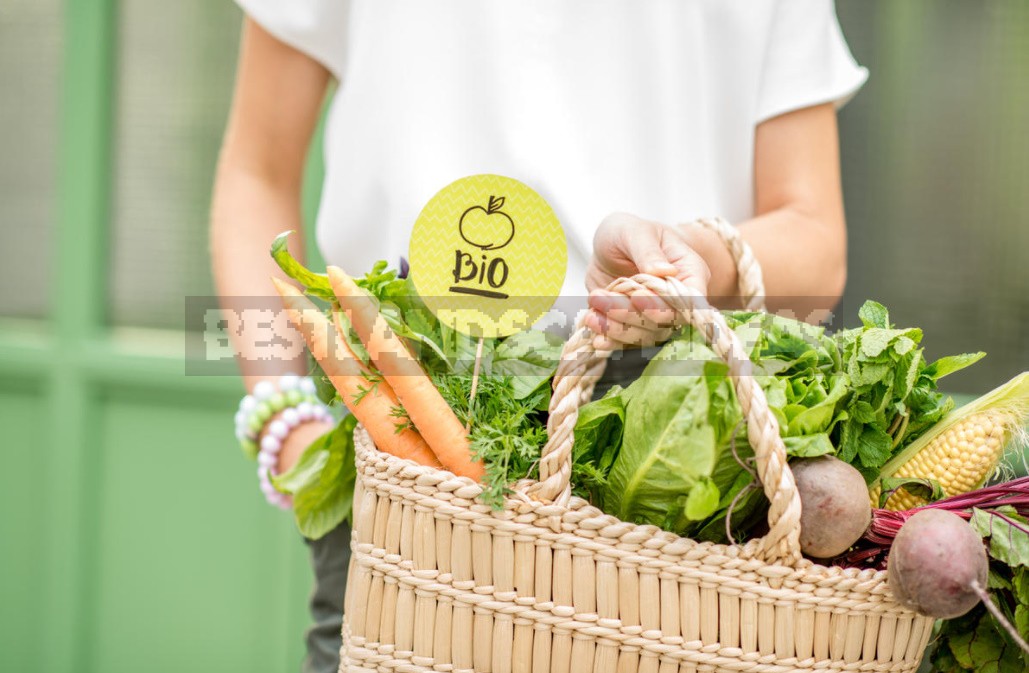
At the same time, do not forget that not all the population of the planet is ready to spend a lot of money on food (it is no secret that products grown without the use of “chemistry” are significantly more expensive). And another 13 % of the world’s population is malnourished.
The Food and Agriculture Organization of the United Nations (FAO), whose main goal is to fight hunger, believes that in the next couple of decades, humanity will be forced to find new types of food. For example, protein flour from insects.
“Although people have a certain fear of such products, in the future, with the advent of clear legislation and their distribution, we will see faster growth. On the other hand, this phenomenon already exists”, said Julia Muir, one of the leading FAO experts. The legislation of many European countries is already being amended to allow the use of insects for human nutrition. And farmers are ready to respond to new requests: insect farms are already being created in many countries, for example, in Finland, Italy, Belarus.
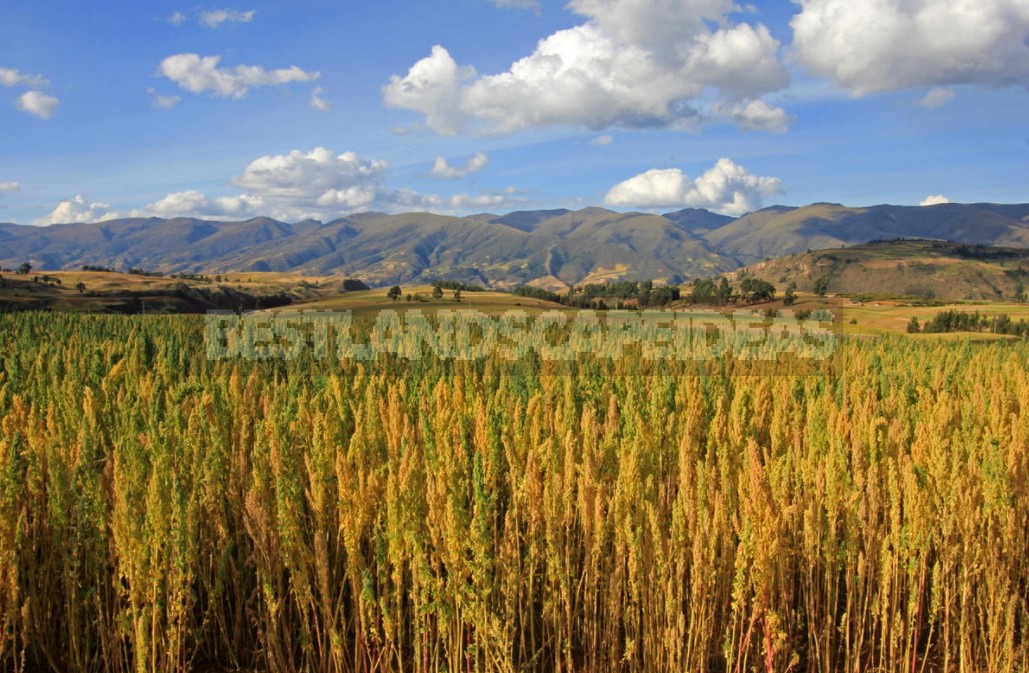
Farmers will also pay attention to traditional, but forgotten crops. For example, quinoa is called a grain of the XXI century. So, in the United States since 2007, the import of quinoa has increased tenfold.
In addition to traditional and exotic types of food, the production of synthetic food products is also actively developing. So, artificial meat has fallen in price by 30,000 times in just three years, and researchers are confident that by 2025 “test tube meat” will replace the real one.
